Seongcheon Makguksu (성천막국수)
6.5Km 2021-03-29
48, Jeonnong-ro, Dongdaemun-gu, Seoul
+82-2-2244-5529
It is a 100-year-old store that has been loved by customers for a long time while maintaining its reputation for over 30 years. The best menu at this restaurant is buckwheat noodles. This Korean dishes restaurant is located in Dongdaemun-gu, Seoul.
Chowoo Maeul (초우마을)
6.5Km 2024-11-29
8, Hoegi-ro 28-gil, Dongdaemun-gu, Seoul
82-2-957-2266
Chowoo Maeul, located at Hwigyeong-dong Intersection, specializes in fresh beef, serving top-quality top sirloin and boneless short ribs. It has banquet rooms for group dining.
Templo Cheongansa (천간사)
6.5Km 2021-09-28
Bulgwang-ro 10-gil 20-8, Eunpyeong-gu, Seúl
Originalmente, el templo Cheongansa fue construido en 1960, pero por obras de urbanismo fue demolido y construido de nuevo en 2009. Por su diseño único y belleza arquitectónica, fue galardonado con el premio al Mejor Hanok de Corea en 2011.
Seoul Wave Art Center (서울웨이브아트센터)
6.6Km 2024-08-06
Jamwon-ro 145-35, Seocho-gu, Seúl
Geudaewain (그대와인)
6.6Km 2021-04-05
52, Eoulmadang-ro, 5-gil, Mapo-gu, Seoul
+82-2-6402-7757
Well-known for German white wine. The representative menu is house-made beer. This Korean cuisine is located near Hapjeong Station, Seoul.
Ddabong House (따봉하우스)
6.6Km 2021-03-27
73, Kyungheedae-ro 4-gil, Dongdaemun-gu, Seoul
+82-2-962-2885
This store specializes in instant tteokbokki. This restaurant's signature menu is stir-fried rice cake. This Korean dishes restaurant is located in Dongdaemun-gu, Seoul.
Ganga - Apgujeong Branch (강가 압구정)
6.7Km 2021-04-13
868, Nonhyeon-ro, Gangnam-gu, Seoul
+82-2-3444-3610
Chefs with over 20 years’ experience in India personally do the cooking. This restaurant's signature menu is tandoori chicken. This Indian (cuisine) restaurant is located in Gangnam-gu, Seoul.
Maman Gatequ (마망갸또)
6.7Km 2021-03-29
30-12, Apgujeong-ro 10-gil, Gangnam-gu, Seoul
+82-70-4353-5860
It is a dessert café. The best menu at this restaurant is shaved milk ice. This cafe restaurant is located in Gangnam-gu, Seoul.
Sushigen (스시겐)
6.7Km 2020-02-11
6-12, Yanghwa-ro 7-gil, Mapo-gu, Seoul
+82-3144-7733
Sushigen is a restaurant where you can experience a truly traditional Japanese setting. At this establishment, there are two 'Idamaes' that prepare sushi in front of guests as soon as it is ordered. The skill of these sushi chefs carry a well-known reputation of excellence, guaranteeing perfection. In addition, though all the fresh fish is top-grade, it is served at affordable prices; the Chirashi is especially to die for. The Jjangkkonembi, steamed eggs, and fried tofu make a perfect companion to alcohol. Sushigen is a restaurant in pursuit of a fusion feel, with the melodies of jazz tickling the ears as soon as you walk in. The unique atmosphere and interior design make this a special place for dining. Additionally, all servers speak fluent Japanese, while the chefs present their diverse skills in a saxophone performance, making the dining experience at Sushigen even more memorable.
Templo Hwagyesa en Seúl (화계사(서울))
6.7Km 2021-11-29
Hwagyesa-gil 117, Gangbuk-gu, Seúl.
El templo Hwagyesa, bajo la orden Chogye del budismo coreano, se ubica en los pies del monte Samgaksan en Suyu-dong, Gangbuk-gu, Seúl. Aunque se localiza en la capital, el encantador paisaje de su alrededor crea un escenario que permite escaparse de la vida urbana. Construido en el año 1522 (el 17º año del reinado del rey Jungjong de la dinastía Joseon) por el monje Shinwol, fue destruido por un incendio el 1618. En 1866 (el 3º año del reinado del rey Gojong), se reconstruyó con soporte financiero de la corte real. El templo fue construido con un estilo arquitectónico antiguo, junto con Daeungjeon, el santuario principal (Bien Cultural Tangible), el santuario Myeongbujeon, el pabellón Samseonggak, el santuario Cheonbulobaekseongjeon, el pabellón de la campana del templo, la torre Bohwaru y la torre Hakseoru. Un pequeño manantial, llamado Oktakcheon, localizado en el valle (Hwagyeogol) más allá del templo Hwagyesa, es famoso por los poderes curativos sobrenaturales de enfermedades de la piel y el estómago. Una leyenda dice que el manantial fue formado con los picotazos de los cuervos en las rocas.
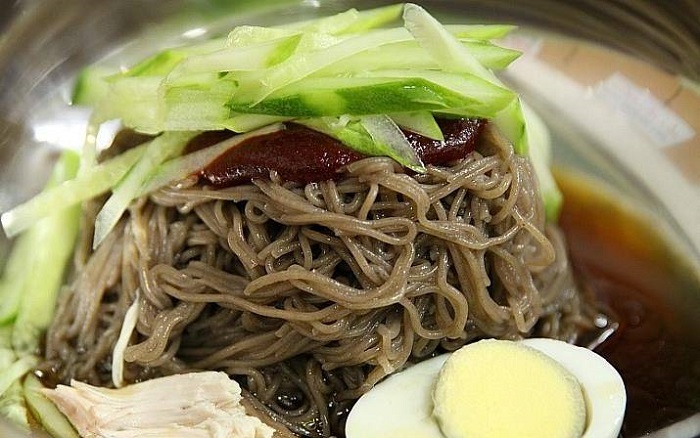
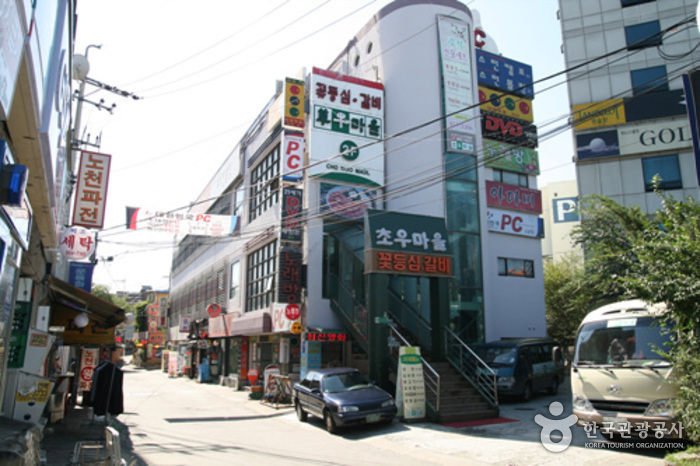
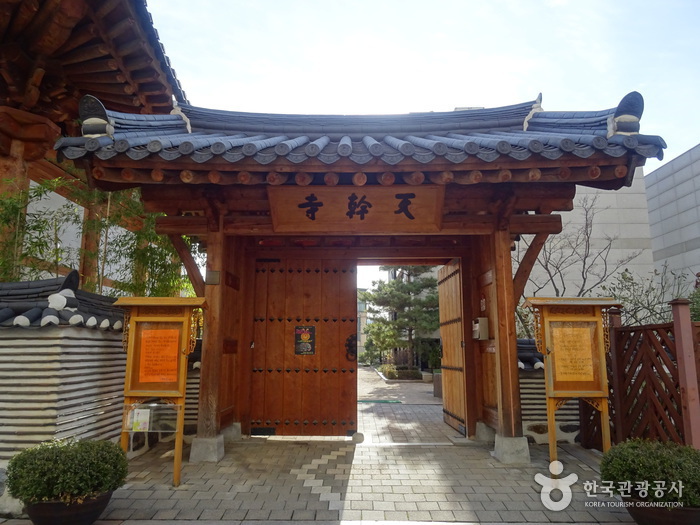

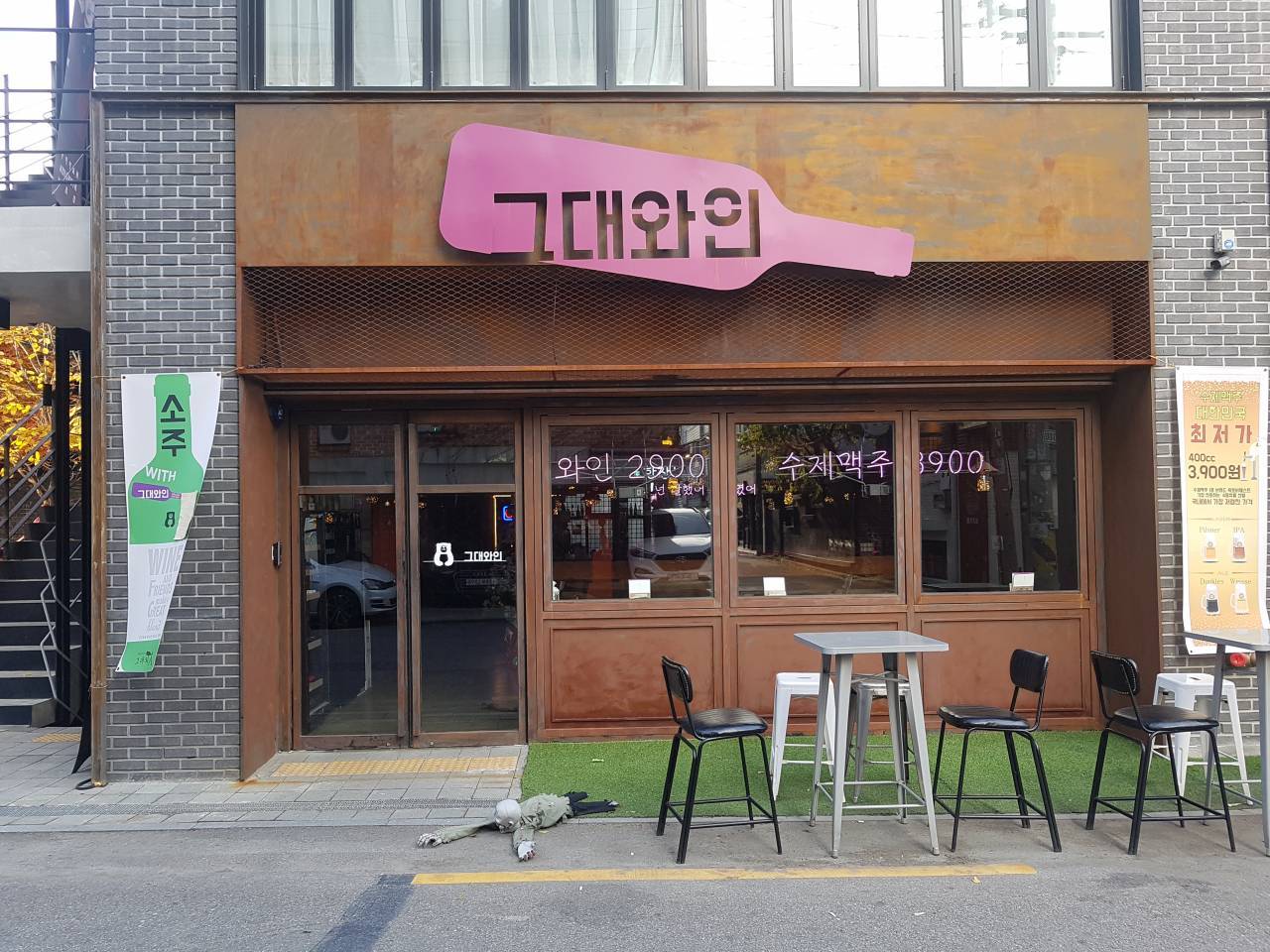
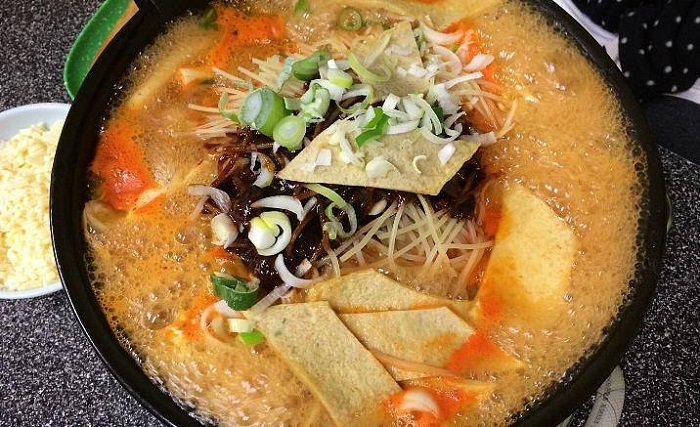
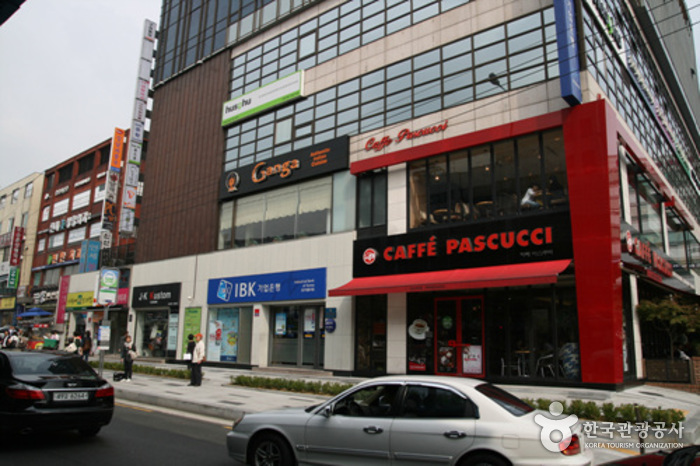
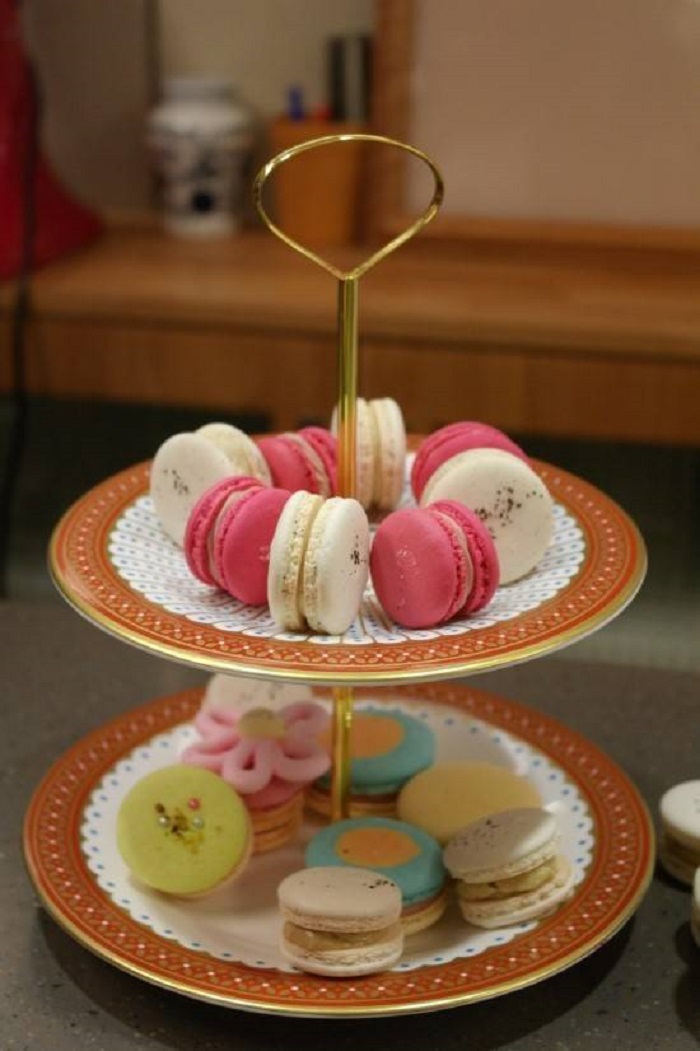
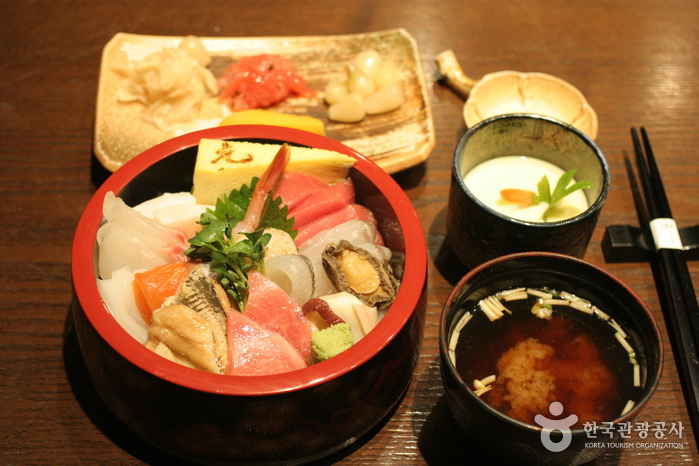
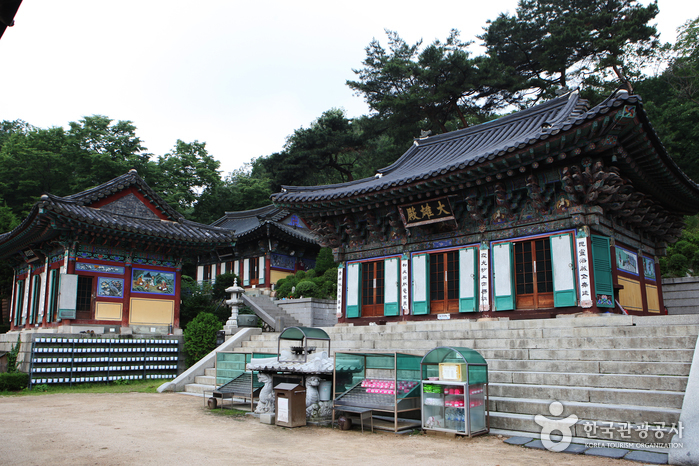
 Español
Español
 한국어
한국어 English
English 日本語
日本語 中文(简体)
中文(简体) Deutsch
Deutsch Français
Français Русский
Русский